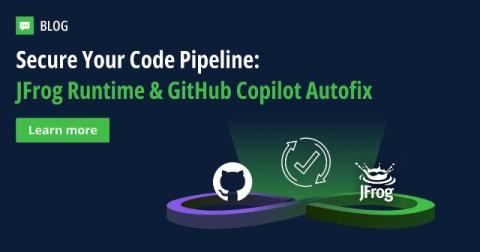Best Practices for Continuous Vulnerability Management
Continuous vulnerability management is not just a best practice—it's a necessity. With so many open-source dependencies to choose from (almost 3 million on the npm registry!), it’s no wonder supply chain security incidents are the focus of malicious actors. Let’s not forget the rise of ChatGPT, LLM chatbots, and AI-assisted code generation.











